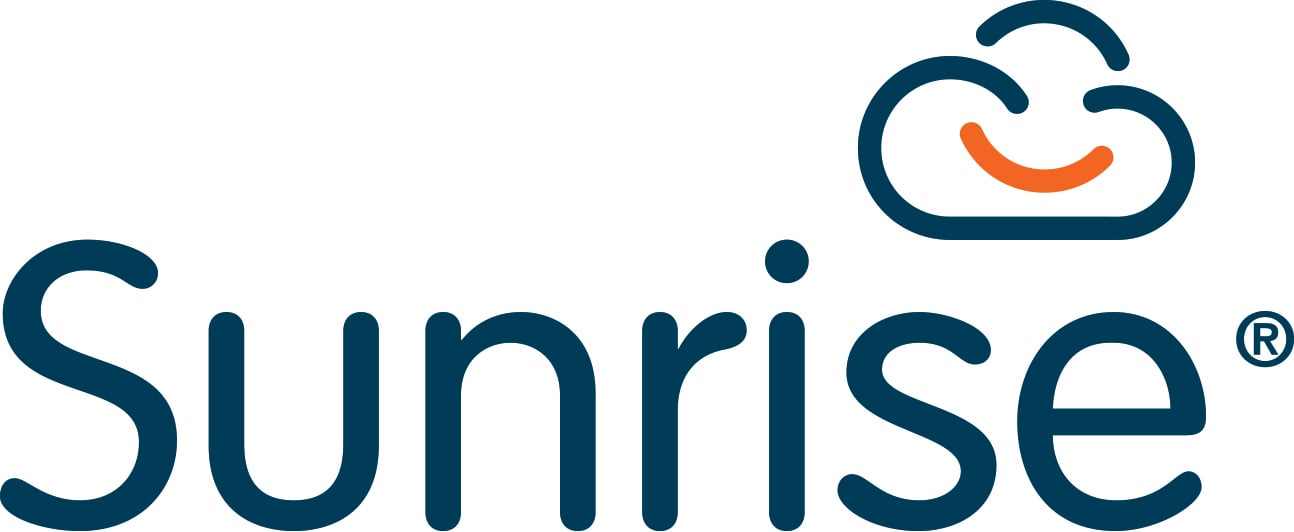Resources
Looking for more information? Here you will find case studies, demo videos, white papers and datasheets to help you.

ITSM
How University of Gloucestershire Increased Service Level Performance From 70% to 90% with Sunrise
![]() 12,000 students
12,000 students
![]() 1,500 staff students
1,500 staff students
![]() 4 campuses across Cheltenham and Gloucester
4 campuses across Cheltenham and Gloucester
Product: ITSM for multiple departments
Customer since: 2008
The University of Gloucestershire is an attractive location for its 12,000 students and 1,500 staff, with its four campuses across Cheltenham and Gloucester. As one of the top universities in the South West, University of Gloucestershire has successful job outcomes for their students with 96% in work or further study within 15 months of graduating. That ranks them in the top 20 universities in England for our graduate outcomes.
What University of Gloucestershire were looking to achieve:
Managing buildings in the most cost effective way is a significant challenge for universities; one that Andy Simpson, who heads up the Facilities Department at University of Gloucestershire is familiar with. Andy is responsible for support services including the Estates Department helpdesk, taking care of the University's buildings, as well as off site halls of residencies. Estates receives a myriad of calls from students and staff with property related issues, from leaking toilets to no power. The department needed a system to log these calls, monitor progress and link into other sources of information, such as its asbestos database.
“Our aim was to create a process driven Facilities function, underpinned by Computer Aided Facilities Management (CAFM),” says Andy. “We were using an old access database which had lots of issues and wanted to engage with a CAFM system, however were not in a position to fully commit to one. Facilities queries are not always straightforward to manage. For example, the operator needs to work out whether a particular problem is the University’s responsibility or that of an external landlord. The software had to be flexible enough to help us deal with these scenarios on a daily basis.” Explains Andy.
Luckily, ICT and Facilities have a tradition of working closely together, and sharing ideas to each other's benefit. It’s during such conversations, that the idea emerged to consider extending the use of Sunrise to fulfil the requirements of the Facilities department.
“We are serving the same audience as ICT Services,” explains Andy. “There is a large amount of commonality between our departments and we're expecting more crossover between the services we provide in the future. Our main drivers for the project were threefold,” he continues. “To offer a better service to our customers, maintain accuracy of records and ensure legal compliance. We looked at a number of solutions. The reason we chose Sunrise to drive forward our Facilities function was not just that it had been tried and tested in IT, it was also the software's inbuilt flexibility to accommodate our specific needs.
How Sunrise helped them achieve this:
Back in 2008, Clive Fenton, ICT Manager, spearheaded the project to introduce a new service management system to ICT. Sunrise was selected following a review of different solutions on the market, based on its flexibility and adaptability, and even at this early stage, because Clive understood the system could be tailored to other service desks across the University.
“The long-term objective, right from the word “go‟, has been to use Sunrise across a range of services, starting with the different services within ICT itself. This falls in line with the vision of having a combined helpdesk bringing together general operations and business information systems." Says Clive.
Such a structure is ideal for allowing jobs to flow through the system unhindered, and importantly, avoiding a proliferation of applications which would be expensive and resource intensive to support.” “The process is now seamless and ensures that calls don't disappear into a black hole,” says Clive.
“The reporting we carry out in the system has given us the ability to spot trends and put plans in place to replace equipment that is causing issues. As a result, Sunrise has helped us raise our service level performance from 70% to 90%.”
“Sunrise has not only helped us raise the bar in our customer service, it has also led to an improvement in management information, which will stand us in good stead for the further development of the service. We are definitely more effective as a result of introducing Sunrise.
The feedback the department is receiving reflects these improvements: in its annual survey of staff and students, 95% of respondents rated the level of service satisfactory or above, with close to 60% rating it as excellent or very good.
Andy explains, “Our customers’ experience has been improved thanks to alerts automatically sent by Sunrise. Students and staff are informed of job numbers, allowing them to look up a job they have logged and check its status. Now we will be able to carry out fault trend analysis, cost analysis, as well as improve compliance with the numerous rules and regulations with which we have to comply, from asbestos monitoring to permits to work. Trend analysis informs us on decisions such as whether a boiler needs renewing, and to justify the investment. Sunrise allows us to use data to understand what's happening, so that we can predict and plan our activity. Simply put, it allows us to be proactive.”
Related Resources
-1.png)

